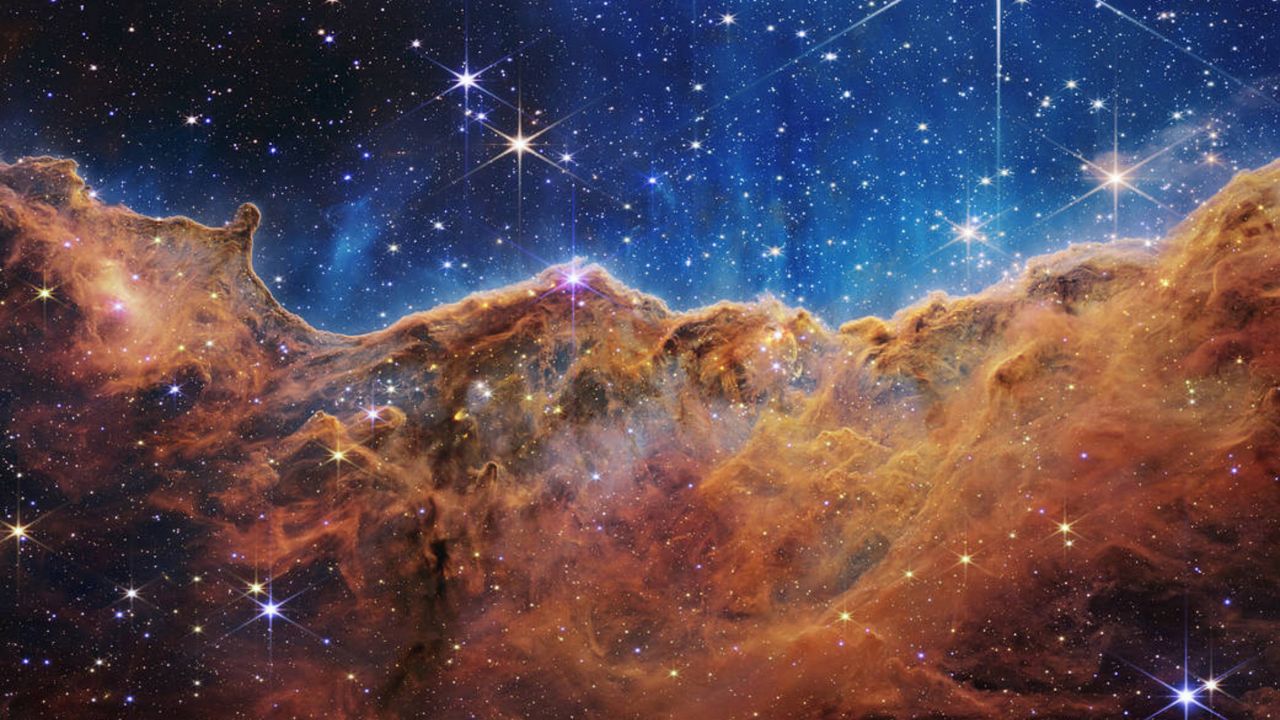Six months ago, the National Aeronautics and Space Administration launched a first-of-its kind telescope on a journey into deep space to discover galaxies far, far away.
This week, the first images from NASA’s James Webb Space Telescope were shared with the public – and they offer a stunning view of some of the oldest corners of the universe.
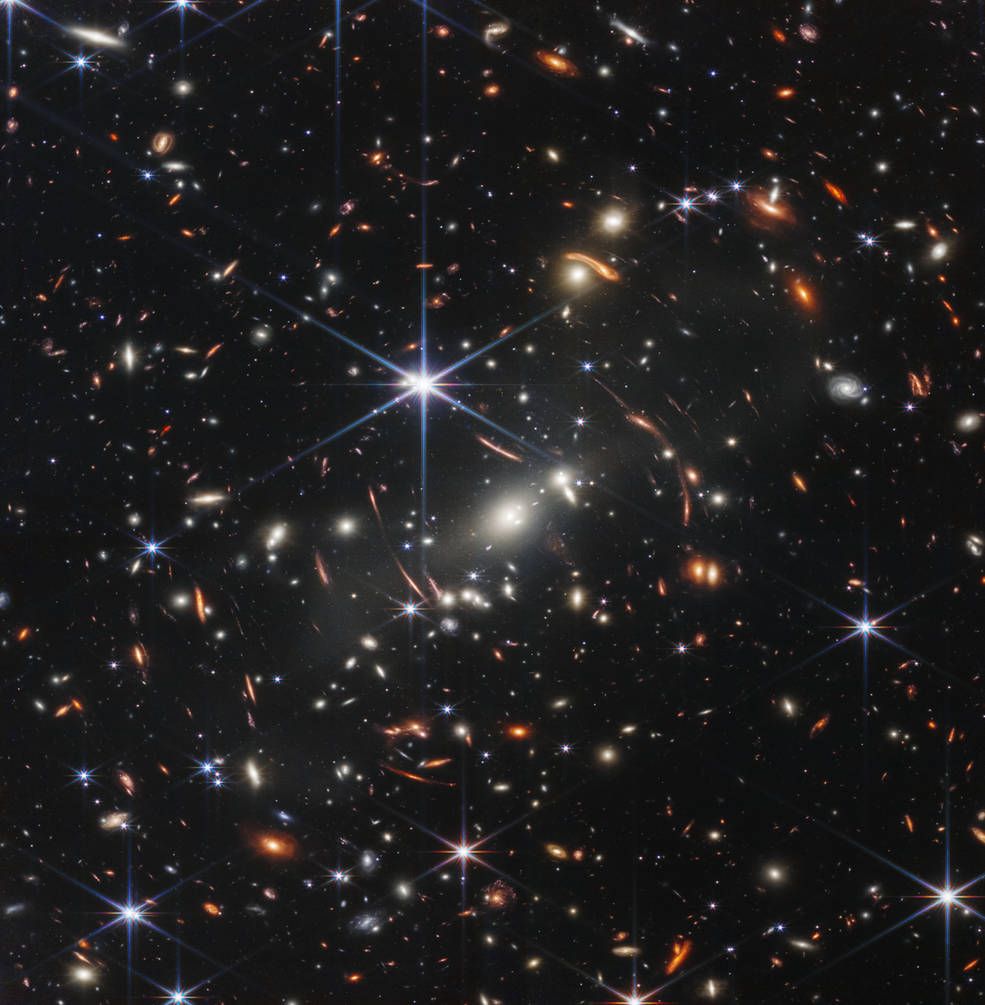
The first image was unveiled at a White House event on Monday. Dubbed by the space agency as “Webb’s First Deep Field,” the image offers the deepest and highest-resolution look at our universe ever captured, showing a glimpse at galaxies as they appeared up to 13 billion years ago.
That shot – unveiled on a screen behind President Joe Biden and Vice President Kamala Harris – was filled with lots of stars and massive galaxies in the foreground distorting the light of the objects behind, telescoping them and making faint and extremely distant galaxies visible. Part of the image contains light from not too long after the Big Bang.
Here are the other images captured by the James Webb Space Telescope:
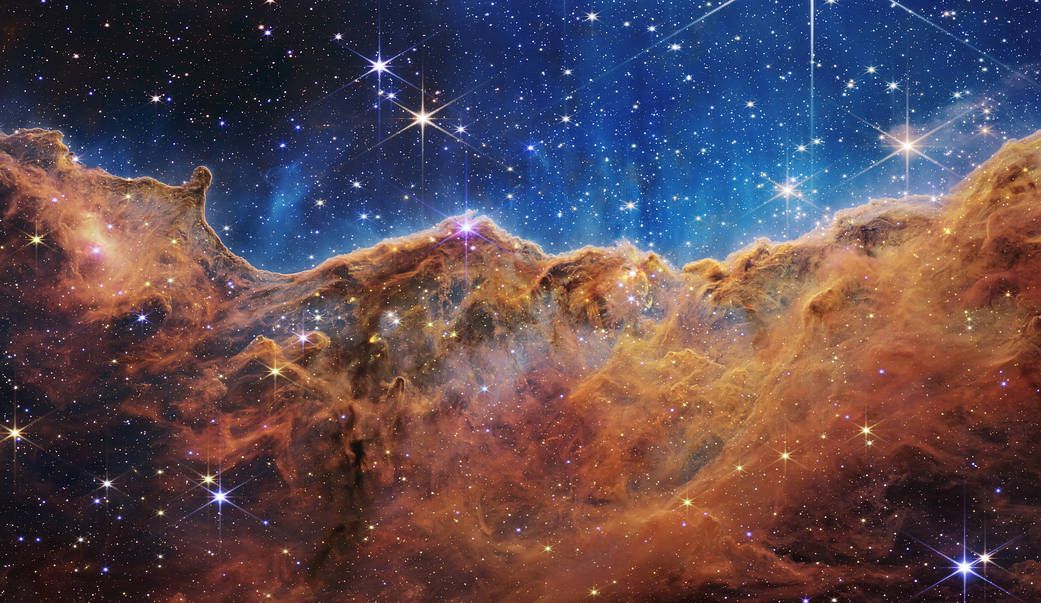
The Carina Nebula showcases a glittering array of newborn and emerging stars, which were invisible on previous deep-space images.
The nebula’s deep cavernous appearance – with some “mountains” nearly seven lightyears high – reflect the edge of the star-forming region, and has been “carved from the nebula by the intense ultraviolet radiation and stellar winds from extremely massive, hot, young stars located in the center of the bubble, above the area shown in this image,” NASA revealed in part.
“Honestly, it took me a while to figure out what to call out in this image. There's just so much going on here. It's so beautiful,” NASA’s Webb Telescope deputy project scientist Amber Straughn said of the picture. “One thing that really, really stands out to me is you sort of get this sense of depth and texture from this new data.”
The Carina Nebula is relatively nearby, as it is forming in the Milky Way galaxy – where Earth is located – nearly 7600 lightyears away.
The image released Tuesday shows “hundreds of new stars that we've never seen before, we see examples of bubbles and cavities and jets that are being blown out by these newborn stars – we even see some galaxies sort of lurking in the background up here,” Straughn said.
Scientists hope the new, higher-resolution images can help answer persisting questions about the nature of stars, including how and why they form in certain regions as opposed to others.
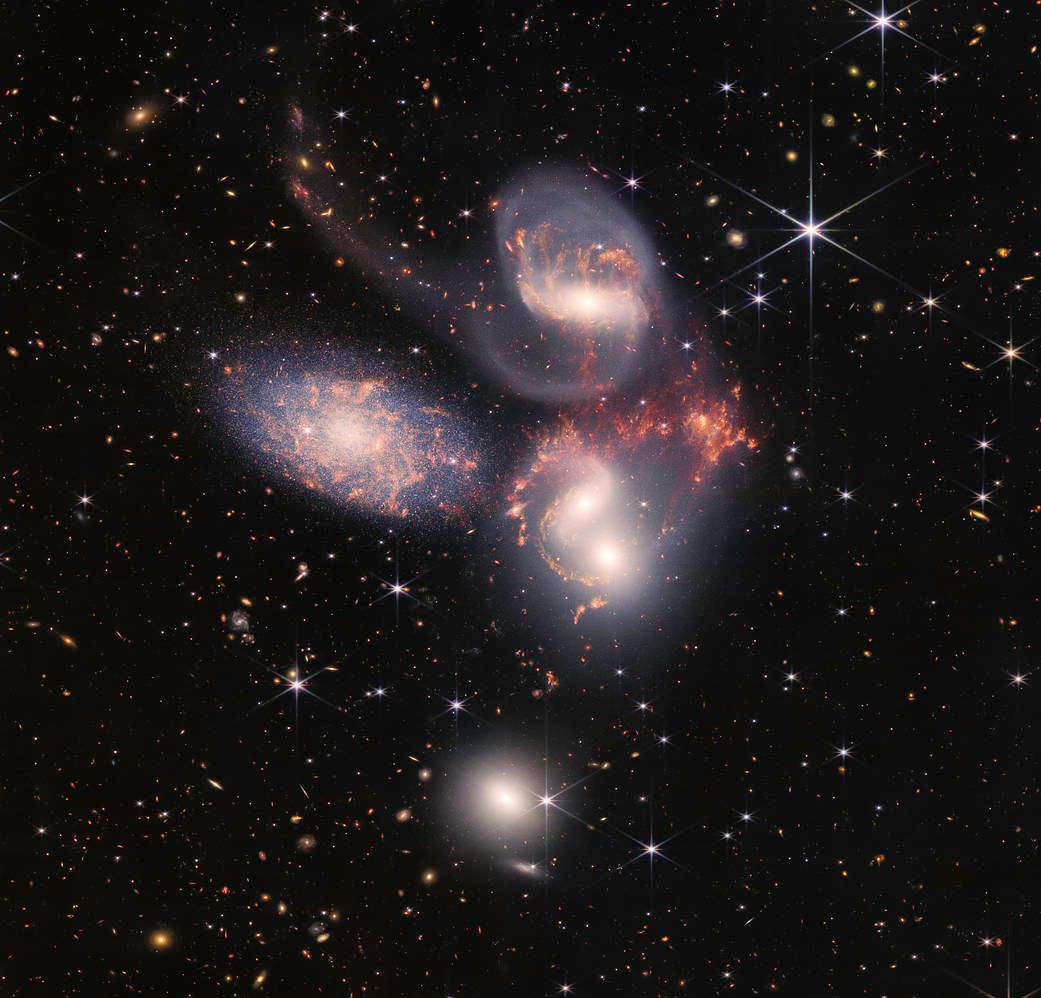
Stephan’s Quintet – named for Édouard Stephan, an astronomer who first spotted the cluster in 1877 – is a grouping of five galaxies, four of which are considered a “true galaxy group” and will likely collide with one another at some point in time.
The closest of the five galaxies, and the furthest from its four companions, is NGC 7320, which is around 40 million lightyears from Earth; the rest are approximately 290 million lightyears away.
At least two of the galaxies are in the process of merging with one another, giving scientists a first-hand glimpse at how galaxies “trigger star formation in each other,” NASA wrote in part.
“They are locked in a close interaction, a sort of cosmic dance driven by the gravitational force,” NASA data scientist Giovanna Giardino said of the galaxies in Stephan’s Quintet. “You can see here these two are in a process of merging within each other. This is a very important image, an area to study because it really shows that the type of interaction that drives the evolution of galaxies, that's the mechanism of galaxies’ growth.”
The image may also potentially offer insight into black holes, as it shows part of the impact of an active, supermassive black hole located in the topmost galaxy in Stephan’s Quintet – which, NASA says, is currently “pulling in material and puts out light energy equivalent to 40 billion Suns.”
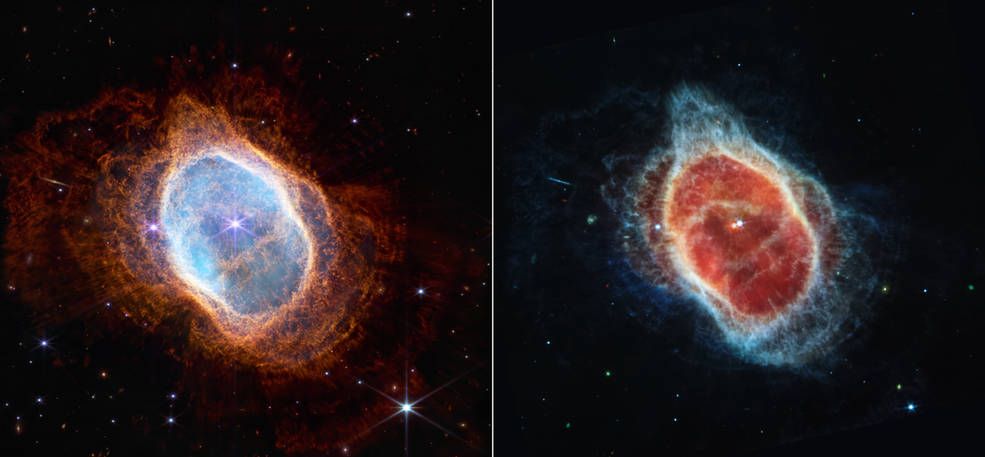
Just as stars are born, they also die – as was the case with the informally-named Southern Ring Nebula, made of the gas and dust expelled by exploding stars.
The nebula is made up of two dying stars locked in a tight orbit, and have formed a shape resembling “two bowls placed together at the bottom, opening away from one another with a large hole at the center,” according to NASA.
The larger star has a greater impact on the nebula’s overall appearance, as its gravity pulls surrounding gas, dust and debris into asynchronous patterns.
“Each shell represents an episode where the fainter star lost some of its mass. The widest shells of gas toward the outer areas of the image were ejected earlier,” NASA explains of the image. “Those closest to the star are the most recent. Tracing these ejections allows researchers to look into the history of the system.”
Nebulae like the Southern Ring Nebula, which is located just around 2,500 lightyears away, exist for tens of thousands of years, and researchers hope to “precisely measure the gas and dust that are present within” such systems.
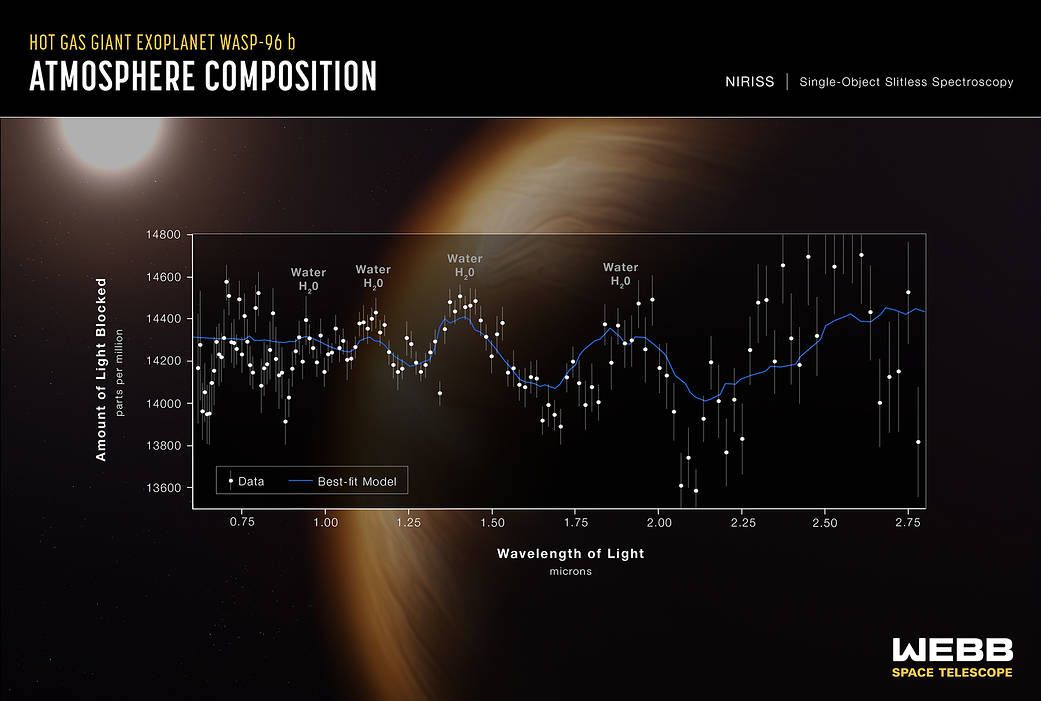
Is there life beyond Earth? Possibly – and the new image of WASP-96 b offers the most detailed data to date “in the quest to characterize potentially habitable planets beyond Earth,” NASA said.
Located roughly 1,150 lightyears away, WASP-96 b is a gas giant with no direct comparison in our solar system – but has a diameter roughly 1.2 times the size of Jupiter yet a mass of less than half of the planet, “making it much puffier than any planet orbiting our Sun.” And while it has temperatures nearing 1,000°F, the James Webb Space Telescope captured evidence of both water signatures and the potential for clouds and haze.
To gather that data, scientists employed spectroscopy, meaning they observed how light passed throught the planet’s atmosphere when it crossed in front of its star. The different wavelengths seen in the image represent specific gasses or compounds present in WASP-96 b’s atmosphere.
“We've been able to use other telescopes to explore exoplanet atmospheres in the infrared, but not to this level of detail,” astrophysicist Knicole Colon said of the information. “And this is just one sliver of data that Webb is providing us using the nearest instruments specifically.”
In the coming year, researchers will use the James Webb telescope to observe several dozen additional exoplanets that may potentially be habitable.
The Associated Press contributed to this report.



